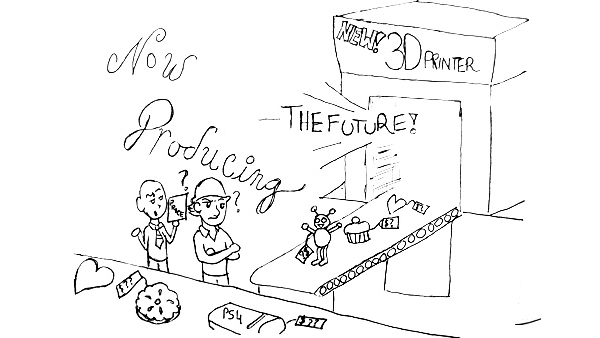The natural science departments at Ithaca College are in the process of submitting a proposal to the School of Humanities and Sciences to create a 3-D printing facility.
3-D printers can produce three-dimensional objects, ranging from toy parts to food and even human cartilage, by using a computer code. 3-D printers may even be able to print organs in the future, which would be a significant advancement for the medical field and potentially save many lives if people did not have to wait for donated organs.
Though it sounds like something out of “Star Trek,” some have predicted that 3-D printing will significantly change manufacturing. Goldman Sachs Group lists 3-D printing as one of the eight markets that will have a major impact on manufacturing over the next eight years because it is cheaper and offers more customization than the majority of manufacturing machines currently used.
3-D printing also simplifies the manufacturing process by offering fewer steps and eliminating the assembly process completely.
However, 3-D printers could put many people in the manufacturing business out of work. This means fewer job prospects for blue-collar workers struggling for employment in a service-heavy U.S. economy. It also leaves questions of how prices will be regulated if, by using a 3-D printer, robots and pastries take the same amount of labor to make.
The 3-D printer is an innovative invention that could do an incredible amount of good, especially if bioengineers can create living tissue that doctors could use in transplants. Though 3-D printing may offer great improvements to the ease and quality of life, it could dramatically reshape the economy in ways we are not necessarily prepared to manage.














